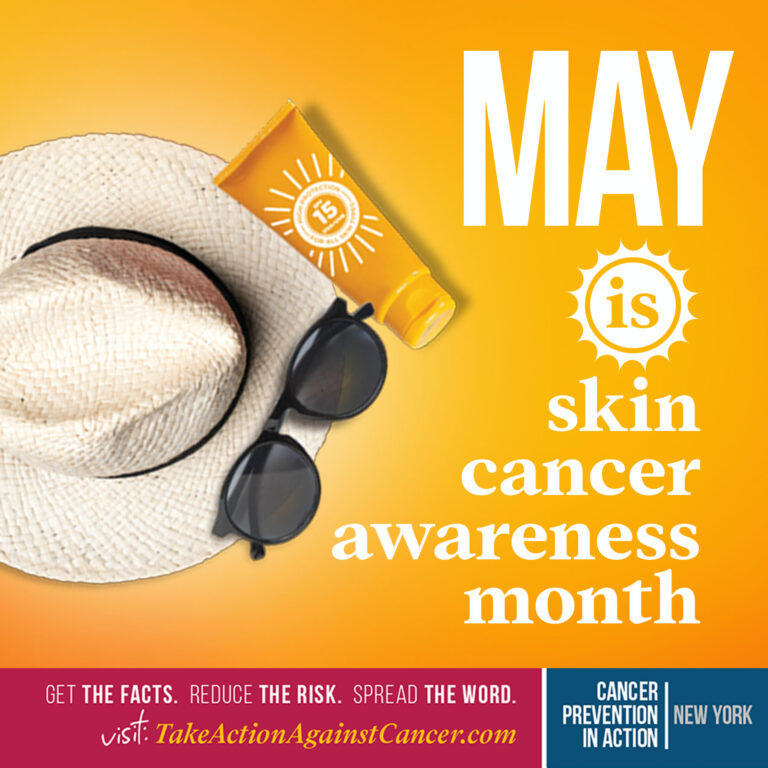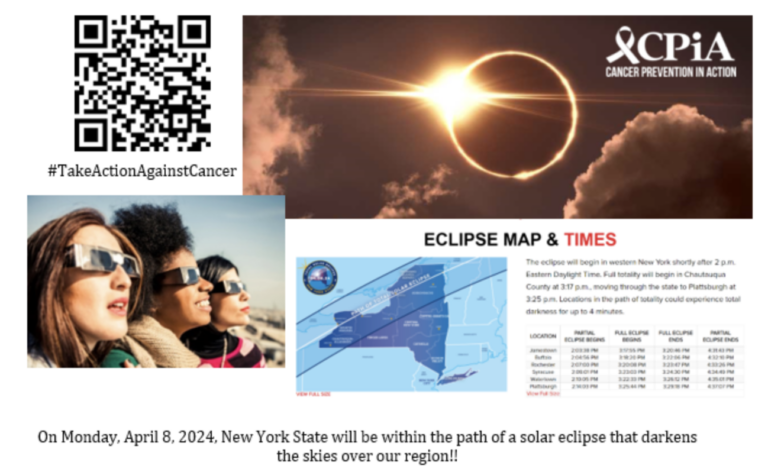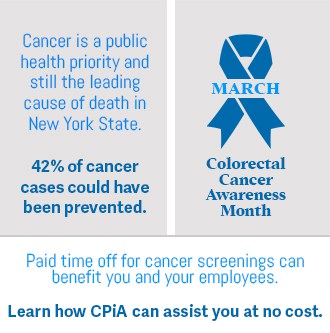1. Introduction
Practicing sun safety is crucial aspect of skin cancer prevention for people of all skin types, including people of color. Despite common misconceptions, individuals with darker skin tones are not immune to the damaging effects of the sun’s harmful UV rays. In fact, certain types of skin cancer can be more aggressive and deadly for those with more melanin in their skin. Practicing skin cancer prevention and sun safety are key to reducing the risk of skin cancer for all individuals, regardless of skin color. This blog will explore the importance of sun protection and provide actionable steps for effective skin cancer prevention.
2. The prevalence of skin cancer in people of color
While skin cancer is less common in people of color compared to fair-skinned individuals, it still occurs and often goes undiagnosed until later stages. Research has shown that melanoma, one of the deadliest forms of skin cancer, is more likely to be diagnosed at advanced stages in individuals with darker skin tones. This delayed diagnosis can result in poorer outcomes and increased mortality rates. By understanding the prevalence of skin cancer in people of color, we can emphasize the importance of regular skin checks, early detection, and consistent sun protection practices to prevent the development and progression of skin cancer in these populations.
3. Myths and misconceptions about sun protection for darker skin tones
Despite the common misconception that people of color are immune to skin cancer due to higher levels of melanin, the truth is that all skin types are susceptible to sun damage and skin cancer. This misconception often leads to a lack of awareness and proper sun protection practices among individuals with darker skin tones. Avoiding exposure to the sun’s ultraviolet (UV) rays by regularly using and properly applying sunscreen when heading outdoors, wearing protective clothing, and seeking shade particularly between the hours of 10am and 4pm are practices which are vital in minimizing sun damage and reducing the risk of skin cancer. By dispelling these myths and educating the community about the importance of sun protection, we can empower individuals of all skin tones to prioritize their skin health and take proactive measures to prevent skin cancer.
4. The importance of sunscreen for all skin types
Sunscreen is a crucial component of any skincare routine, regardless of skin tone. People of color must not underestimate the harmful effects of exposure to the sun’s cancer-causing UV rays. While melanin does provide some natural protection, it cannot shield against all types of harmful UV rays. Therefore, incorporating a broad-spectrum sunscreen with an SPF of 15 or higher is essential for preventing sun damage and reducing the risk of skin cancer. By wearing sunscreen daily, individuals can safeguard their skin from premature aging, sunburn, and other harmful effects of UV radiation. Sunscreen should be applied 15 minutes before going outdoors and reapplied every 2 hours, or after getting wet, sweating, or toweling off. It is also important to pay careful attention to often-missed spots like the backs of hands, feet, neck, ears and scalp. Remember, protecting your skin today will ensure a healthier tomorrow!
5. Sun-protective clothing and accessories for people of color
In addition to sunscreen, utilizing sun-protective clothing and accessories is vital for people of color to enhance their overall sun protection. Opt for clothing made from tightly woven fabrics that offer UPF (Ultraviolet Protection Factor) rating for added defense against harmful UV rays. Wide-brimmed hats and sunglasses with UV protection can shield the face, neck, and eyes from sun damage. Consider wearing lightweight, long-sleeved garments and pants to safeguard arms and legs. By incorporating these protective measures into your daily routine, you can further reduce the risk of skin cancer and maintain healthy, radiant skin for years to come.
6. Regular skin checks and early detection
are crucial components of skin cancer prevention for people of color. Schedule annual screenings with a dermatologist to monitor any changes in moles, spots, or skin irregularities. Conduct self-examinations monthly to track any new developments or abnormalities. Early detection can significantly increase the chances of successful treatment and recovery. Stay proactive in monitoring your skin’s health and promptly report any concerning changes to your healthcare provider. Remember, early intervention is key in protecting your skin and overall well-being. Stay vigilant and prioritize your skin health.
Conclusion: Protecting your skin is vital for everyone, regardless of skin color
Protecting your skin is vital for everyone, regardless of skin color. While people of color may have a lower risk of skin cancer compared to fair-skinned individuals, it is still crucial to prioritize sun protection and regular skin screenings. By staying proactive and vigilant in monitoring your skin’s health, you can detect any abnormalities early on and increase the chances of successful treatment. Remember, prevention is always better than cure. Take the necessary steps to shield your skin from harmful UV rays, practice sun-safe behaviors, and consult with a dermatologist for personalized skin care recommendations. Your skin health is a reflection of your overall well-being, so make it a priority in your self-care routine.







